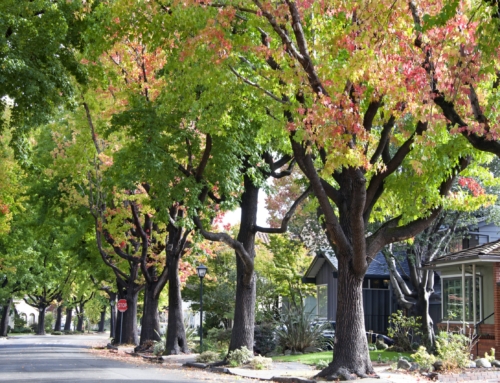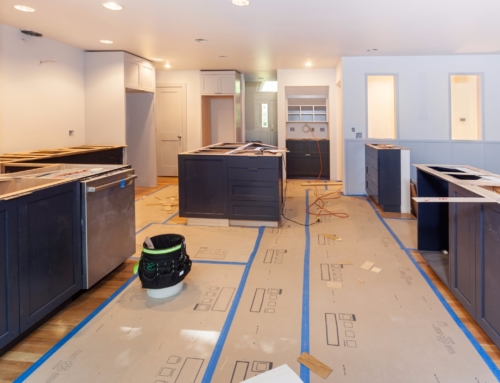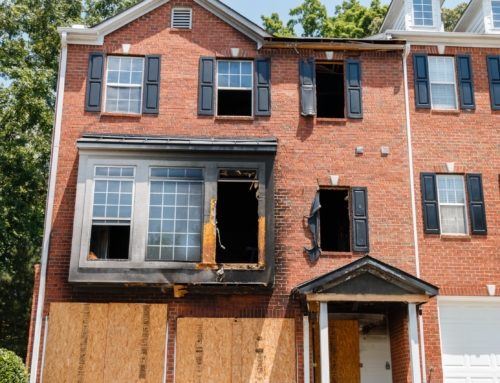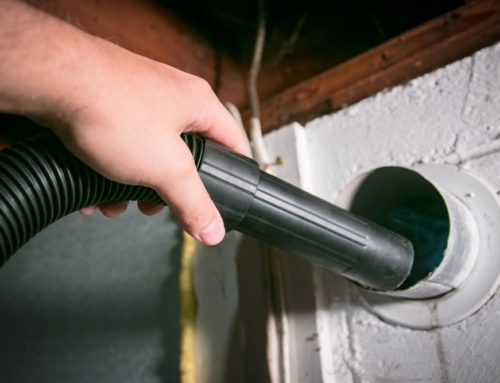According to information on winter preparedness from Travelers Insurance, snow, ice, and cold can cause serious damage to both the inside and outside of your home, leading to potentially costly repairs and homeowners insurance claims. A well-maintained and well-prepared home is less likely to experience weather-related problems, especially during the coldest months of the year.
Michael Goldstein, a Chicago handyman who is also known as the “Mensch with a Wrench,” offers these seven home maintenance tips to prepare your home for cold weather:
1. Drain your exterior spigot. If you don’t have a burst-proof spigot (the spout on the exterior of your home that connects to a water hose), the extreme cold of winter could cause the pipes connected to the spigot to burst. To keep that from happening, make sure there’s no water left in the spigot pipe by the time cold weather hits.
2. Be sure your pipes are well insulated. Although your pipes shouldn’t run through exterior walls, they sometimes do, Goldstein says—especially in older homes. If that’s the case, proper insulation will help to keep them from freezing. However, if the pipes aren’t well insulated and insulating them before it gets cold isn’t a possibility, there are a few tricks to keep them from freezing.
“When it gets frigid, if your kitchen sink is on an exterior wall, open the cabinets underneath,” Goldstein suggests. “That lets warm air from inside the home help heat the pipes.”
Turning your sink on slightly and letting the water trickle into the sink will also help because it keeps the water moving.
3. Put weather stripping around exterior doors. If there are big gaps around your doors and windows, use caulk to keep cold air out, advises Goldstein. Expanding foam, which is available at hardware stores, is also good for sealing. Put shrinkable plastic over particularly leaky windows.
4. Make sure exterior drains and gutters are clear of debris. If it snows and your gutters aren’t clear, the melt is likely to back up. “If your gutters are backed up with leaves, that’s going to weigh them down and cause them to break,” Goldstein warns. That can lead to a costly repair job.
5. Get your furnace tuned up. If a heating and cooling specialist hasn’t taken a look at your furnace in the last year or two, it needs to be checked. You should also remember to change the air filter regularly, as that will allow your furnace to work more efficiently and keep it running better. Goldstein notes, “Filters in the system collect all the dust and debris in the air, and the dirtier they get, the harder it makes your system work.”
6. Cover outdoor furniture. If you have a grill, keep a good cover on it as well as on any other outdoor furniture. Snow or cold can damage wood over time, metal will eventually rust, and plastic can harden and crack.
7. Have your chimney checked. If you have a wood-burning fireplace, soot can collect over time and clog the chimney. Have a professional look at your chimney every year or every other year to prevent a fire hazard during the winter months, advises Goldstein.
With proper home maintenance, you may be able to avoid costly winter-weather-related repairs. More tips on preparing your home for winter weather are available on the Centers for Disease Control and Prevention website at cdc.gov.





